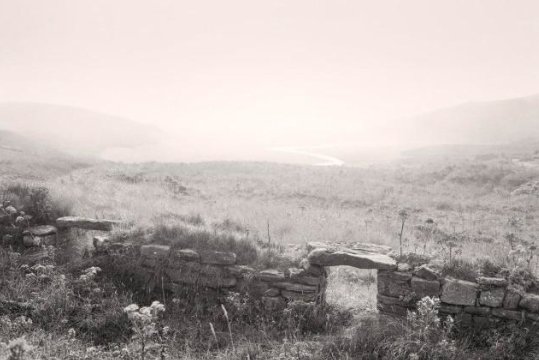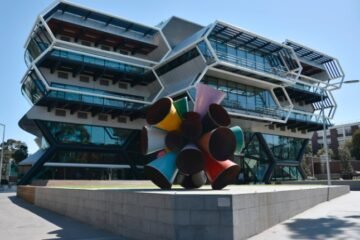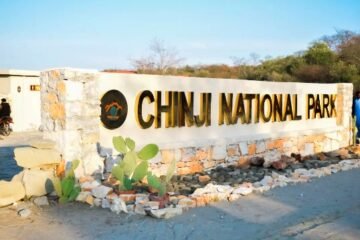How a former World Photographer of the Year captured Mingulay
Craig Easton, who won the prestigious award in 2021, was inspired by the early photographs of Robert Moyes Adam, who visited Mingulay between 1905 and 1922. Easton wanted to mark the centenary of Adam’s final visit and follow in his footsteps with a large format camera. He took great risks to reach the island, which lies south of Barra in the Outer Hebrides, and is now a nature reserve.
The contrast between past and present on Mingulay
Easton’s photos are part of an exhibition at the University of St Andrews’ Wardlaw Museum that showcases the work of three photographers who documented Mingulay at different times. Adam’s images show the island’s inhabitants in their daily lives, before they abandoned it in 1912. Margaret Fay Shaw captured the culture and language of those who returned temporarily in the 1930s. Easton’s photos reveal the impact of human absence on the landscape and ecosystem.

The significance of Mingulay for Scottish history and culture
Mingulay is an island that has fascinated many people for its dramatic scenery and its story of depopulation. It was once home to a thriving community of crofters and fishermen, who spoke Gaelic and sang traditional songs. However, due to harsh living conditions, lack of support from landlords, and emigration opportunities, they decided to leave the island for better prospects. The exhibition also features Gaelic poetry and song that reflect the islanders’ attachment and nostalgia for their homeland.
The challenges and opportunities of preserving Mingulay
Today, Mingulay is owned by the National Trust for Scotland and managed as a nature reserve. It is an important site for seabirds, such as puffins and razorbills, and other wildlife. It also attracts visitors who want to explore its natural beauty and historical ruins. However, the island faces threats from climate change, invasive species, and erosion. The exhibition aims to raise awareness and appreciation for Mingulay’s heritage and environment.
The future of Mingulay as a source of inspiration
The exhibition at St Andrews is not only a celebration of Mingulay’s past and present, but also a invitation to imagine its future. The museum hopes that the photos will inspire visitors to think about how humans interact with nature, how culture is transmitted and transformed, and how art can capture the essence of a place. The exhibition also invites visitors to share their own creative responses to Mingulay through poetry, music, or visual art.


















